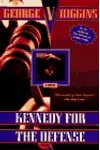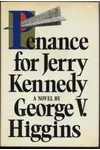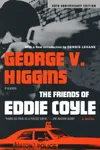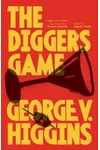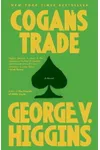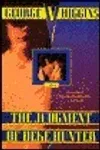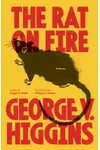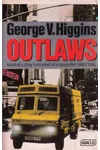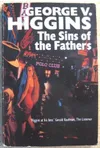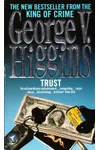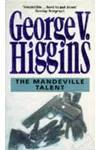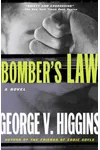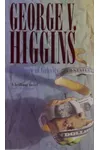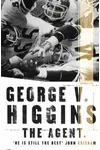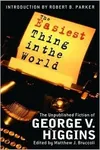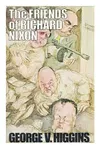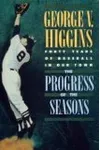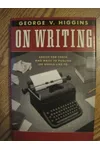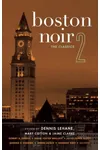Picture a gritty Boston street, where sharp-tongued crooks trade secrets in smoky bars—meet George V. Higgins, the American author who turned these scenes into literary gold! With his debut novel, The Friends of Eddie Coyle, Higgins didn’t just write crime fiction; he reinvented it, crafting the Boston noir genre with raw, dialogue-driven tales that still captivate readers today.
Born in 1939, Higgins was more than a novelist—he was a lawyer, journalist, and professor whose insider knowledge of Boston’s underbelly gave his stories unmatched authenticity. His knack for capturing the human condition through the lens of lowlifes and cops made him a legend among crime fiction fans.
The Making of George V. Higgins
George Vincent Higgins grew up in Rockland, Massachusetts, a stone’s throw from Boston. After graduating from Boston College in 1961, where he edited the literary magazine Stylus, he earned an MA from Stanford and a law degree back at Boston College. His early career as a journalist for the Associated Press and The Boston Globe, combined with seven years fighting organized crime as an Assistant U.S. Attorney, gave him a front-row seat to the world of mobsters and hustlers. These experiences shaped his gritty, realistic storytelling, which he began honing after writing—and destroying—14 unpublished novels before his breakthrough.
George V. Higgins’s Unforgettable Stories
Higgins’s debut, The Friends of Eddie Coyle (1970), follows small-time gunrunner Eddie Coyle, a man with no real friends, navigating Boston’s treacherous underworld. The novel’s dialogue—nearly 90% of the text—drives the story, with characters’ voices revealing their motives and betrayals. Critics like Elmore Leonard hailed it as the best crime novel ever, praising its unflinching realism.
Higgins followed with The Digger’s Game (1973), a tale of a desperate hustler, and Cogan’s Trade (1974), where hitman Jackie Cogan restores order after a mob heist goes wrong. These novels, forming a loose trilogy, cemented Higgins’s signature style: sparse narration, crackling dialogue, and a bleak view of crime’s meager rewards. His later works, like the Jerry Kennedy series, continued exploring Boston’s criminal landscape with wit and precision, though none matched the raw impact of his early books.
Known for his ear for dialogue, Higgins drew comparisons to John O’Hara, crafting conversations that felt ripped from real life. His settings—seedy bars, the Boston Common, or the Parker House—evoked a vivid sense of place, making Boston itself a character in his stories.
Why George V. Higgins Matters
Higgins didn’t just write novels; he redefined crime fiction. His Boston noir blueprint influenced writers like Dennis Lehane and Robert B. Parker, whose punchy dialogue owes a debt to Higgins. Films like The Friends of Eddie Coyle (1973), starring Robert Mitchum, and Killing Them Softly (2012), based on Cogan’s Trade, brought his gritty vision to the screen, inspiring a wave of Boston-based crime movies. Though many of his 30+ books are out of print, his dialogue-heavy approach continues to shape modern crime storytelling, from novels to TV shows like The Sopranos.
Higgins’s legacy lies in his ability to strip away the glamour of gangster life, revealing the human struggles beneath. His work remains a touchstone for readers and writers seeking authenticity in crime fiction.
- Born: November 13, 1939, Brockton, Massachusetts
- Key Works: The Friends of Eddie Coyle, Cogan’s Trade, The Digger’s Game
- Died: November 6, 1999, Milton, Massachusetts
Snag The Friends of Eddie Coyle and dive into George V. Higgins’s Boston noir world—where every word crackles like a street corner deal gone wrong!
